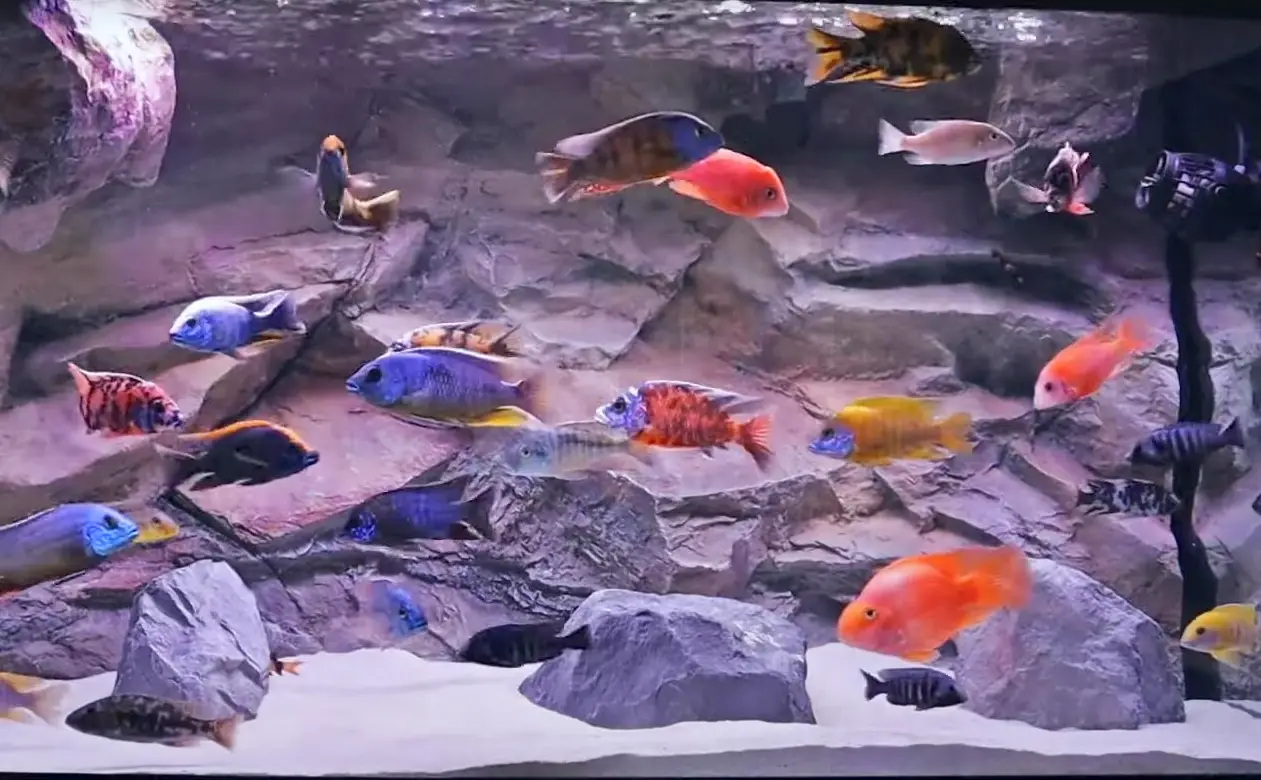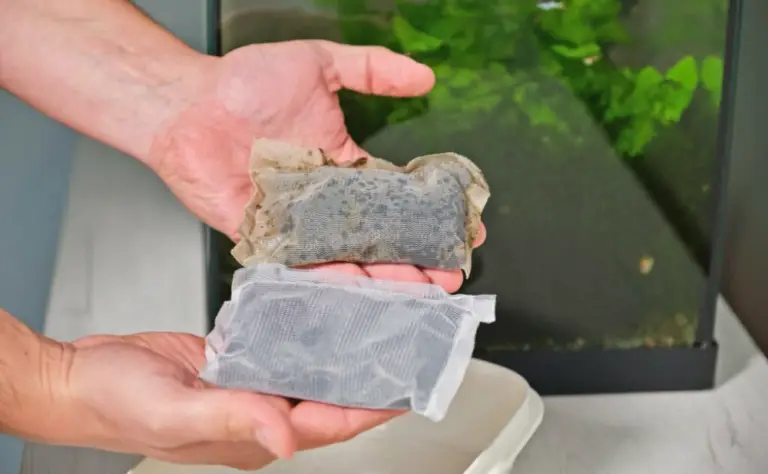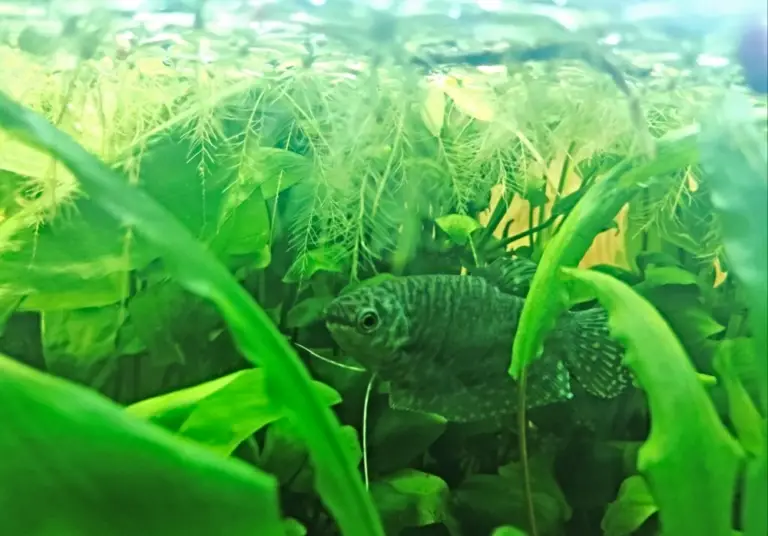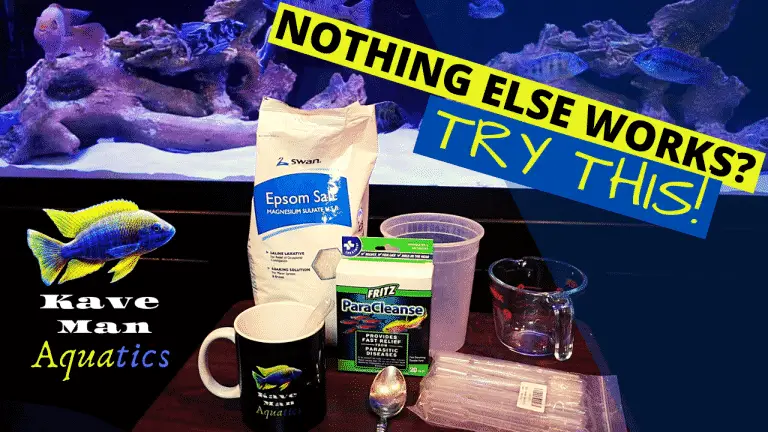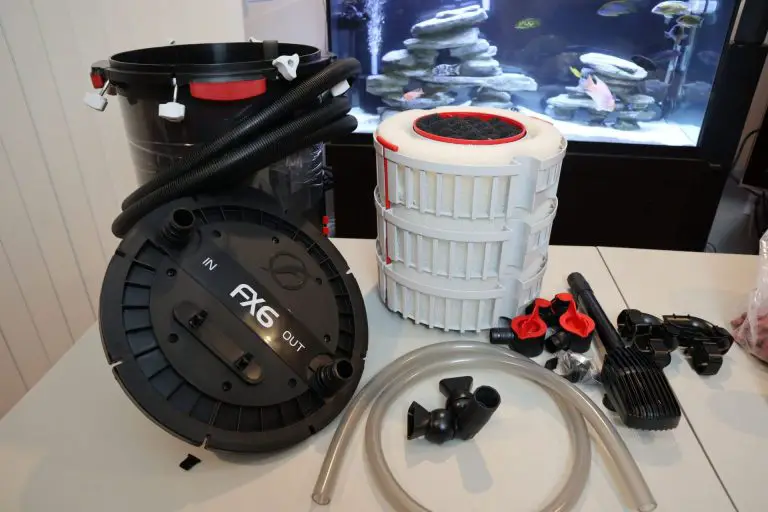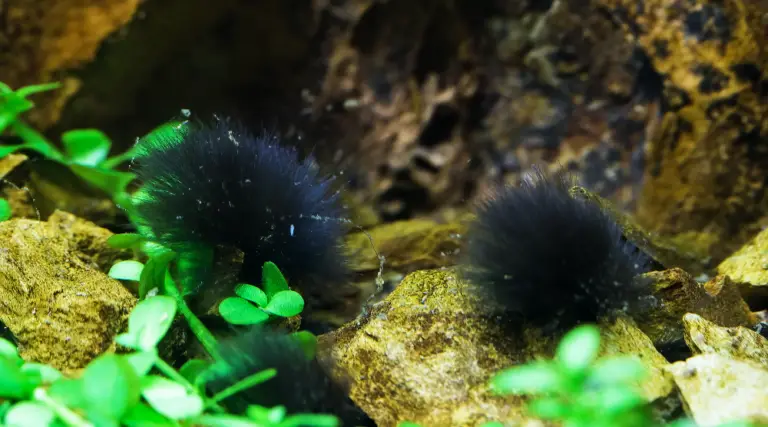Do African Cichlids Like Water Current? (3 Basic Benefits)
African cichlids are a beautiful and colorful addition to any aquarium. They add life and movement. But there is one question that often pops into one’s mind: Do African cichlids like water currents?
The answer is yes (to a certain extent)! It is critical to give an area of the tank with some current as well as a spot for these fish to escape the current when they no longer want to be in it.
Let’s go into all the details about water currents and learn exactly why a nice water flow is beneficial for your African cichlid tank.
What Is Water Current in an Aquarium?
Water current is best defined as your aquarium’s circulatory system, which serves to maintain water quality and affect fish health.
Proper water flow is essential for promoting gas exchange, boosting filtration, and providing physical and mental stimulation to aquarium fish.
How Water Moves Through an Aquarium
In order to understand why current is important for your fish’s habitat, it’s important to understand how water moves through an aquarium.
Water flows from areas of high pressure to areas of low pressure. This is why you might feel like you’re being pushed against one side of an elevator when it stops at a floor.
For example: The air inside is pushing against the door because there is less room for the air at that end than there is at the other end of the elevator car. When you open an air-tight container underwater, this same kind of pressure change occurs.
In an aquarium with no current, this means that there are areas where water pressure is higher than others—which can cause dangerous levels of stress on your fish!
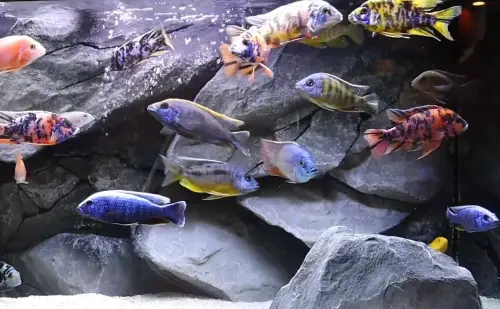
The Top 3 Benefits of Water Current
Promoting Gas Exchange
Water movement, like a cool wind in a stuffy room, aids gas exchange by moving dissolved gases out of stagnant areas. Various gasses collect in aquarium water due to the natural activity of life.
Carbon dioxide, for example, is a byproduct of fish respiration, and gases like nitrogen, methane, and sulfur are created as various microorganisms digest waste materials. Moving water transfers these gases into the main water column, where they can be discharged into the atmosphere unhindered.
Water flow aids gas exchange by mixing water layers. Moving water brings different water strata into closer contact with surface water when gas exchange occurs. Oxygen-depleted water towards the aquarium’s bottom is drawn up and mixed with oxygen-rich water at the surface.
The concentration of hazardous gases is reduced and the quantity of oxygen is increased as a result of this active interaction.
Boosting Filtration
Water movement boosts filtration by transferring more waste to the filter. Proper water movement benefits mechanical, chemical, and biological filtration.
Moving water keeps waste products afloat in the water column and keeps them from settling in difficult-to-reach places. Mechanical filtering easily traps and removes larger particles and trash swept up by currents. Chemical filter media effectively removes dissolved waste elements.
Water movement produces oxygen-rich water, which provides a consistent supply of oxygen for good biological filtration, which combats hazy aquarium water.
Physical and Mental Stimulation
Fish get the essential physical exercise for healthy growth and muscle development by swimming against or through moving water.
The resistance generated by water movement may help aid fish digestion and metabolism, as well as give other physical activity benefits.
Replicating similar water movement circumstances may foster natural behavior, coloring, and physical development not seen in still or sluggish-moving water.
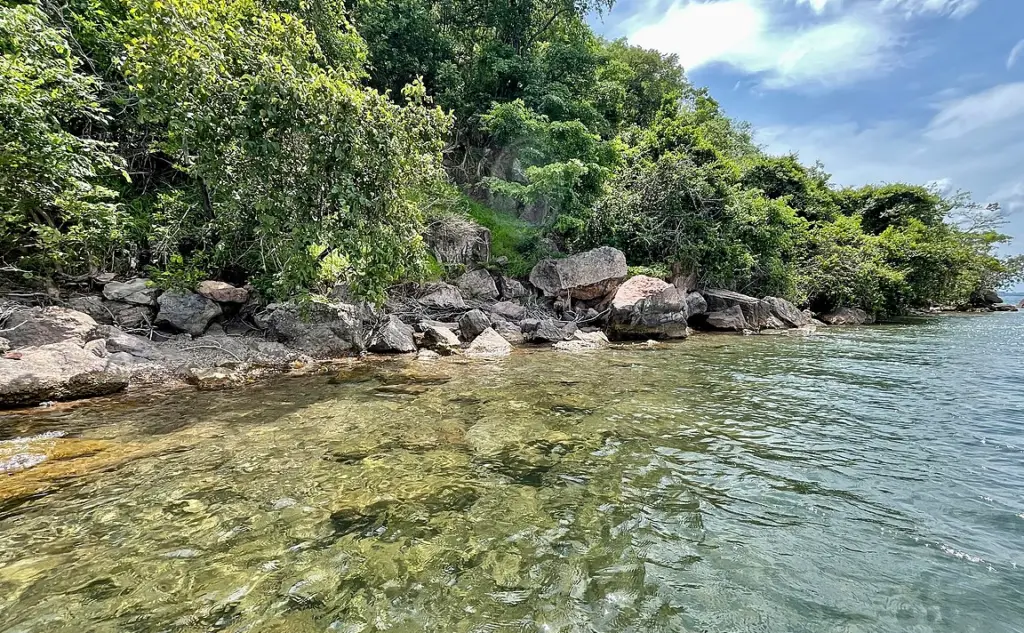
Do African Cichlids Like Current?
The answer is yes! African cichlids like water currents, but it’s important to understand how it affects them before you add it to your aquarium.
Most African cichlids can be found in rivers and streams, such as Lake Tanganyika, Victoria, and Malawi. As a result, they’re used to living in moving water.
That said, if you have a powerful filter that moves the water in your tank too fast or creates too much turbulence for your fish, then they might not be as happy.
If you notice that your African cichlids are staying at the top of the tank or hiding behind an object, try slowing down your water flow.
In addition, African cichlids are very territorial! They like to have plenty of space to stake out their own territory. The current helps them do this because it makes the tank seem much larger than it actually is.
Furthermore, instead of exerting all their energy by chasing each other around, they’ll happily swim through the current – reducing aggression levels. This keeps their little fish bodies active, healthy, and stress-free.
Creating Current With a Wave Maker
To create a water current in your aquarium, we recommend using an aquarium wave maker, such as Freesea’s 800 GPH Wave Maker. Why a wave maker? Check out the video below.
Conclusion
African cichlids are a type of fish that thrives in moving water. They love to swim around and explore, so they need a current that they can swim against.

Can’t get enough of African cichlid content? We’ve got a dedicated article category and a YouTube playlist that focuses solely on African cichlids.
KaveMan Aquatics also offers an online video course, Keeping African Cichlids. If you feel that that’s not enough, we also offer 1-on-1 consulting services for that personal touch.
-
Do African Cichlids Like Water Current? (3 Basic Benefits)
African cichlids add life and movement to your aquarium – speaking of movement; do African cichlids like water current? We’ve got a straightforward answer.

